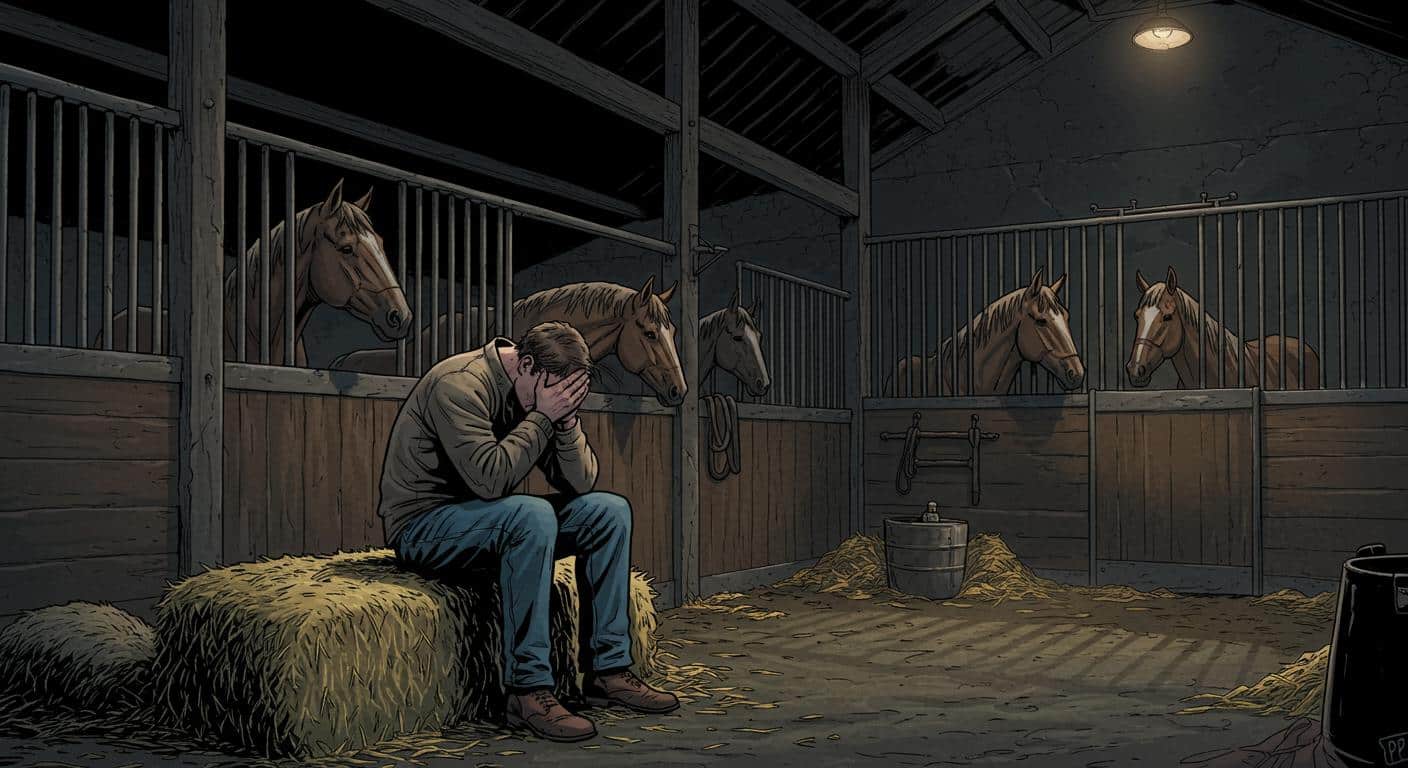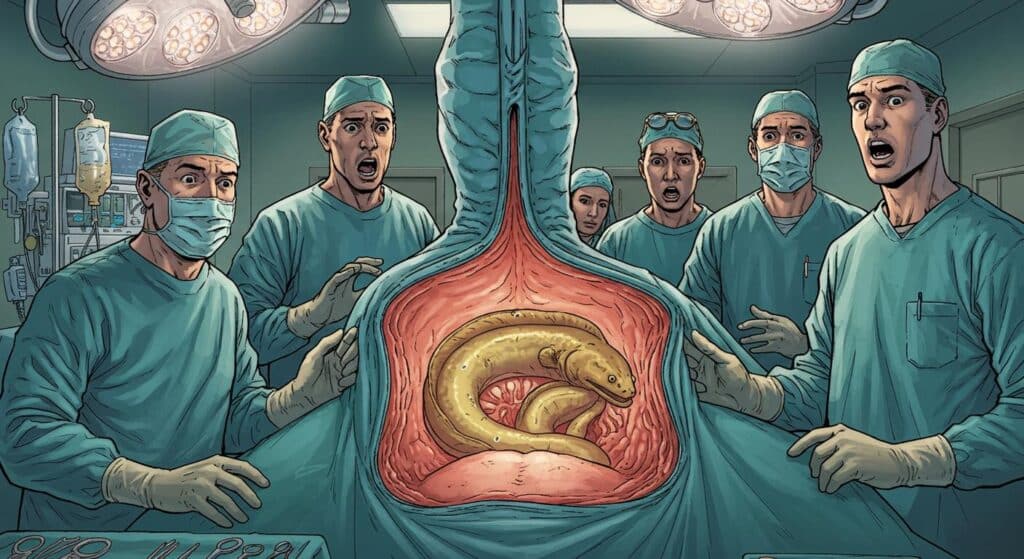Some stories prompt a double-take even for those of us who spend our days trawling through the odder side of the news cycle. The recent conviction of Corey Coleman, detailed in Wales Online, lands firmly in that category—not for a cheap shock factor, but for the uniquely unsettling overlap of access, misplaced trust, and outright bizarre boundary-crossing.
Abuse Unmasked in Everyday Surroundings
According to reporting by Conor Gogarty in Wales Online, Coleman, a 26-year-old Llanharan man, volunteered at the Ynyscrug livery yard in Tonyrefail. The stables’ owner, Alex Hill, grew suspicious after Coleman appeared on-site with a significant back injury, which Coleman explained away by claiming a stallion had tried to mount him. This odd explanation ultimately led Hill to review the yard’s CCTV—a review that uncovered far darker truths.
Court records cited in the outlet recount that Coleman was captured on multiple occasions leading a mare in season near a stallion, apparently “to tease and arouse” the animal, according to the RSPCA prosecutor. The footage goes on to show Coleman then masturbating the stallion and committing further acts of anal penetration. This series of incidents, described as repeated and methodical, highlights a level of premeditation rarely seen in such cases, and, as the outlet emphasizes, occurred in a busy stable with children reportedly playing outside—children who could have wandered in at any time.
Within this context, even the otherwise routine rhythms of an animal care facility acquire a distinctly unsettling edge. It’s not every day that the phrase “caught on tape” refers to evidence of interspecies sexual abuse, but here the digital record served the unfortunate but vital purpose of ensuring proof.
Consequences—Physical, Legal, and Social
The Wales Online report assembles an unusually complete portrait of cause and effect, from Coleman’s back injury—which, according to his own solicitor’s colorful phrasing, amounted to “instant karma”—to the series of legal and personal consequences that followed. After his arrest, Coleman admitted to an “unhealthy interest” in horses, though during a pre-sentence interview he struggled to articulate or even confirm the sexual motivation behind his actions. Instead, he at times referred to the acts as “part of the cleaning,” a line the magistrates seemed less than convinced by.
Both prosecution and defense acknowledged the peculiarity of the case—his solicitor even described it as “very unusual.” Coleman had no previous criminal record and was described as lacking in maturity, a factor weighed during sentencing. As the outlet documents, the court ultimately issued an eight-week jail term, suspended for twelve months, along with a five-year ban on having any direct contact with horses. Rehabilitation requirements and several fines rounded out the judicial response.
Notably, the solicitor noted that Coleman’s relationship of nine years was now “on the rocks”—an unsurprising yet poignant reminder of how public exposure of such conduct can ripple out into every facet of life. He also relies on the financial support of his partner and parents and now faces exclusion from an occupational path he once aspired to.
Wales Online also details the living situation—two dogs and two cats at his main residence (his girlfriend’s home), and two more dogs at his mother’s home. The judicial focus remained squarely on the horses, but this peripheral information perhaps tacitly reassured the public there was no evidence his interests extended to other species.
Assessing the stress or harm caused to the animals, both legal teams admitted, is a near-impossible task. The horses suffered no lasting physical injuries, but as the RSPCA’s statement made clear in court, the animals displayed clear signs of having been conditioned to tolerate this inappropriate attention—suggesting, chillingly, that the abuse was neither a one-off nor a recent development.
Shame and the Limits of Explanation
Stories of this sort tend to provoke an odd blend of morbid curiosity and discomfort. The legal findings showed little appetite for delving deeply into psychological or behavioral explanations—not surprising, as the solicitor noted there’s sparse support for individuals with such fixations. The outlet also highlights that Coleman faces an uphill struggle to move past this, possibly even needing to relocate to escape the cloud of infamy now trailing him.
There’s a curious normality to many of the details: the trusted volunteer role, the pets at home, the everyday economic struggles. Earlier in the report, it’s mentioned that Coleman aspired to work with horses—a goal now obviously in ruins. Once again, the extraordinary trespasses of a seemingly ordinary member of the community challenge our assumptions about safety and trust in familiar places.
The Banality (and Disturbance) of the Truly Bizarre
Is there ever a fully satisfactory answer to why or how such a case emerges in what should be mundane surroundings? As presented by Wales Online, all the elements—unexpected camera footage, inventive explanations, injury sustained mid-offense, and the mixture of anonymity and sudden infamy—suggest a scenario always teetering on the edge of exposure.
In the end, we’re left not with tidy explanations but unsettling reality. For all the predictability of daily life, especially in environments built on routine and trust, even a stableyard can become the stage for acts that defy easy understanding. In a world where the boundaries of the truly bizarre are constantly being redrawn, sometimes the only rational response is, simply, a quiet “huh.”







